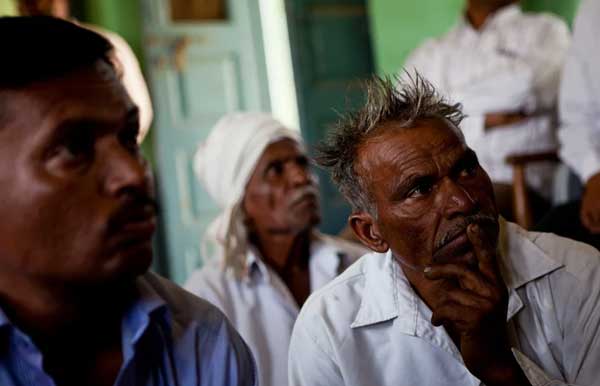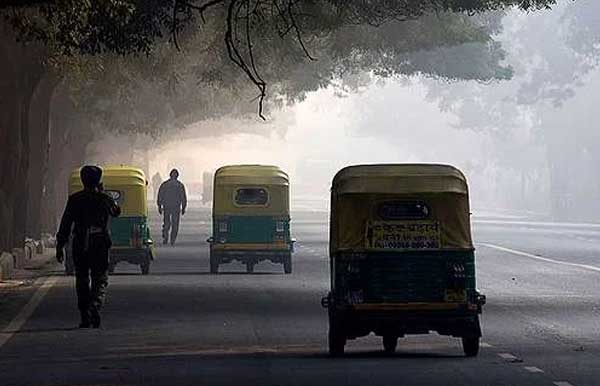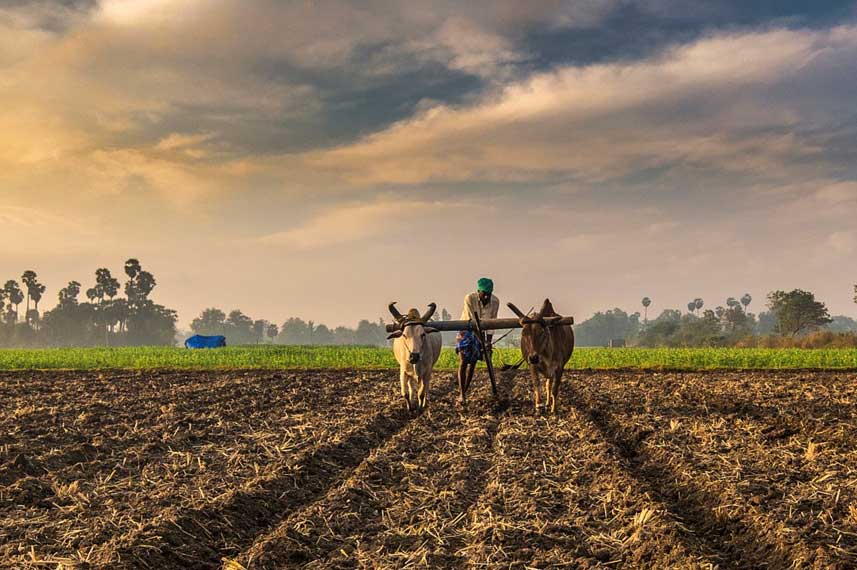“There will always be a certain number of people using cars and two-wheelers. The idea is to decrease the relative modal share of ‘personal′ and ‘private′ transport and increase the share of non-motorised and mass public transport over years.“
Cities are the economic engines for any state. India has thousands of cities and millions of people are moving into them, year after year in search of opportunities. Livelihood choices in cities are influenced by travel, how long it takes and how much it costs. For women, safe travels take a different meaning: mode of transport dictates which jobs can be taken or not.
Urban Mobility therefore must be designed based on three key factors: safety, affordability and speed. Considering the population density in Indian cities, mass public transport has to be top of the list for city planners. Research shows that most trips people undertake are ‘short′ distance and therefore non-motorable transport (NMT) which includes cycling and walking has to be of high priority as well. The connection between mode of transport and climate crisis is well established and many cities across the world have significantly moved on from personal private automobiles as preferred mode years ago.
Unfortunately the decision-making class of Indian cities, the politicians and administrators are yet to internalize the new realities of urban mobility. Owning a car is seen as a marker for success in life and taking a bus is looked down upon. The marketing machines of car and two-wheeler sellers coupled with easy financing options makes vehicle ownership very attractive. They are not yet convinced about what exactly causes pollution.
While many concerned citizens and communities are keen to switch to sustainable transport options, their choices are limited and they get penalized for choosing to be good citizens rather than appreciated if not rewarded.
The political economy dictates how decisions are made, not sound research or data. Therefore we must find a variety of ways to influence the actors in the political economy – the politicians, the officers of various agencies and citizens themselves. Ultimately the political class bows down to the voice of the people. If enough citizens demand better mobility solutions, it will happen. In the absence of such a demand, the status quo will not only persist but things will get worse.
How do we create demand from bottom up?
First and foremost, I believe it is a communication challenge. How did people figure out second-hand smoking caused cancer? How did people learn to maintain social distancing and cover their faces so quickly? What is making more and more people switch to organic food choices? If we understand the behaviour science behind all of the above, we will be able to unlock the key messages that can convince people of the urgent need to use public transport.
At the same time, enough pressure must be put on the decision makers using data and real-life situations that drive home the point – pollution is already one of the biggest public health hazards and because it can′t really be seen (Delhi is an exception) it doesn′t get enough attention. We must find ways to drive home certain principles into the hearts and minds of key influencers in the government at every level.
Investment in public transport is investment in public health
Subsidizing public transport gives us lot of economic returns.
Bus is the best form of mass transport – instead of mega metros, build bus rapid transit in tier 2 and tier 3 cities and get them ready for future expansion.
We are blessed with great weather throughout the year, unlike many other countries. Encourage cycling and walking by making it safe and a pleasant experience
City Planning and Transport planning go hand in hand. One cannot be done without the other.
India has an extensive railway network, but predominantly used for long distance travel. Reinvigorate railways by making it the best option for commuting.
Stop building mega cities. We need hundreds of big cities, not a handful of mega cities for equitable growth and sustainable economies.
Do not assume everyone wants to be in a car because you need to use a car.
Flyovers and road widening are 19th century solutions, well past the expiry date.
There will always be a certain number of people using cars and two-wheelers. The idea is to decrease the relative modal share of ‘personal′ and ‘private′ transport and increase the share of NMT and mass public transport over years.
Related Articles

Union Budget 2021-22: A few welcomes and a major misses at climate and agriculture front
The Union Budget 2021-22 sent mixed signals to environmentalists and climate activists. While some of the government announcements reflect on their larger climate goals but also numerous commitments are given a miss. While agriculture has been the talk of the town recently, the budget fails to inspire faith in the government′s plan of doubling farmers′ income.

Steelflyoverbeda activist talks sustainable mobility
Cities are the economic engines for any state. India has thousands of cities and millions of people are moving into them, year after year in search of opportunities. Livelihood choices in cities are influenced by travel, how long it takes and how much it costs. For women, safe travels take a different meaning: mode of transport dictates which jobs can be taken or not.

Go organic, to improve Indian Economy
A latest Seasonalverdant India analysis of Central Pollution Control Board (CPCB) data has revealed that the air quality in three major southern cities (Bengaluru, Hyderabad and Chennai) this November was comparatively better than November 2019. The reduction in PM2.5 emissions ranged from 16 to 37 per cent, however, the air quality in all three cities still remains higher than the prescribed WHO standards (25μg/m3).